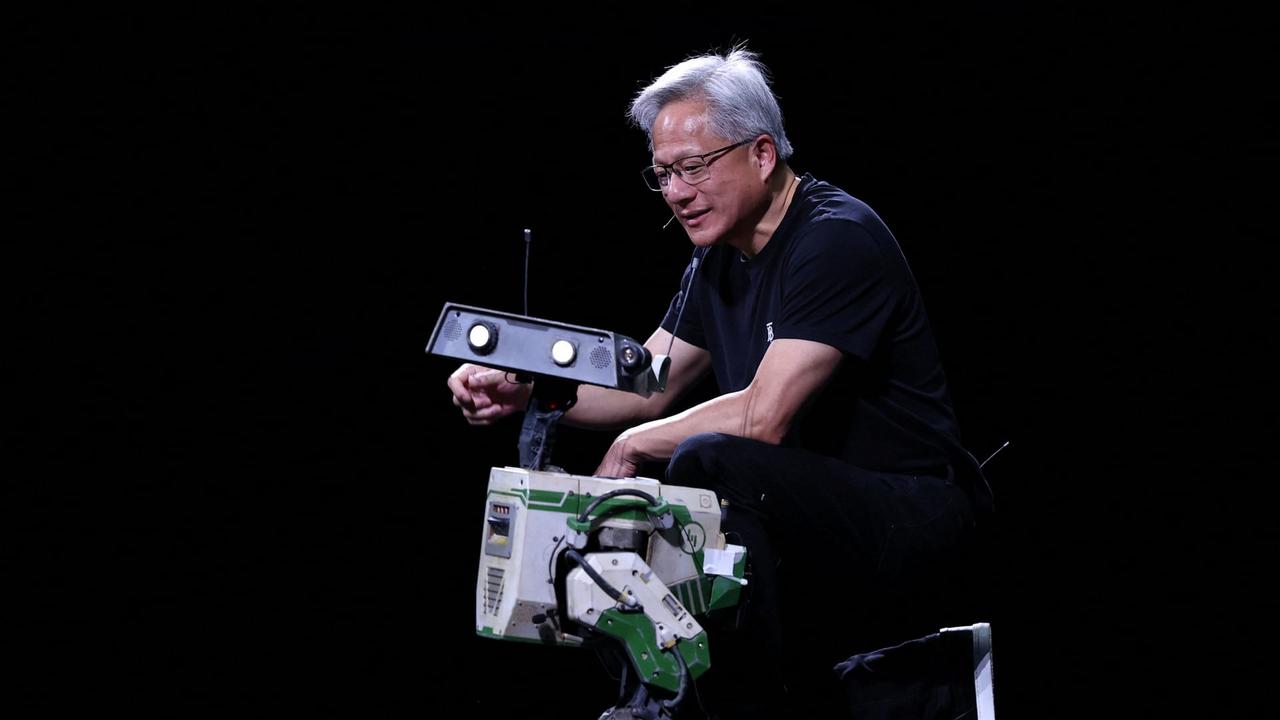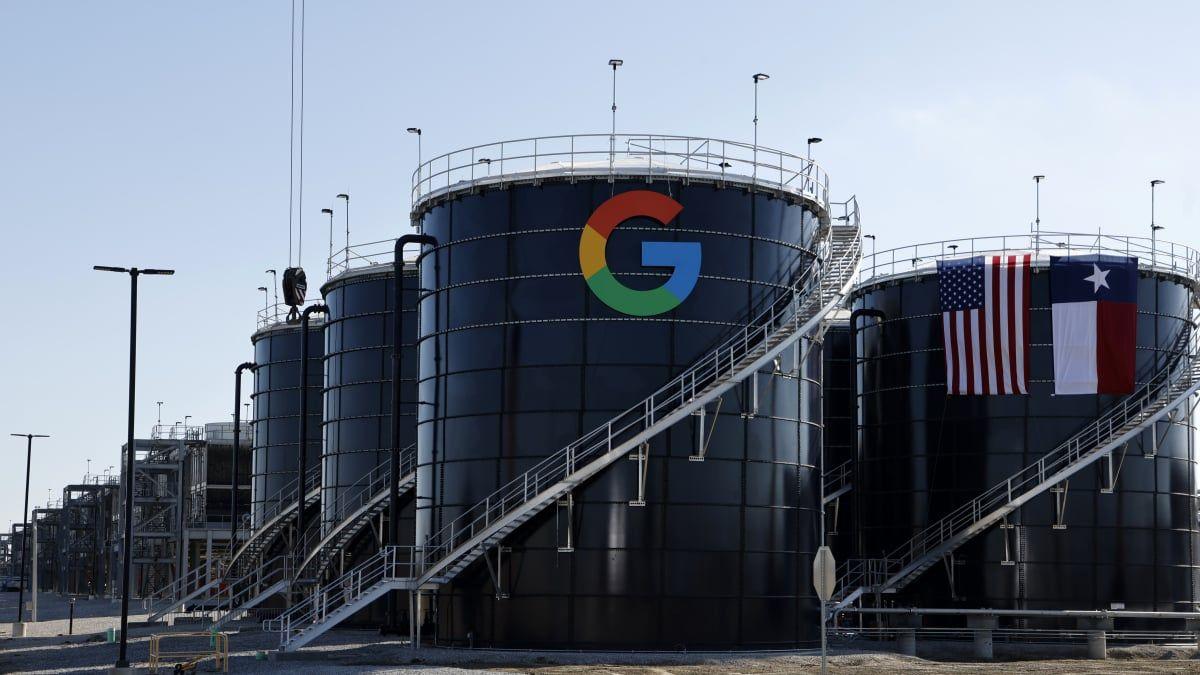Nvidia's Automotive AI Chips Drive Record Growth, Signaling Future of Autonomous Vehicles
2 Sources
2 Sources
[1]
Nvidia's self-driving chip sales skyrocket, pushing auto segment to record growth: Are robot cars the future of driving?
Nvidia's automotive and robotics segment reported a 103 per cent year-on-year revenue surge, reaching $570 million in Q4 FY25. This growth, driven by rising demand for self-driving platforms, pushed annual revenue to $1.69 billion. With increasing adoption of AI-powered driver-assist systems, Nvidia is solidifying its position in autonomous technology.US chipmaker Nvidia saw its sales from the automotive sector more than double in the most recent quarter, reaching a record high due to strong demand for driver-assist software. Revenue from Nvidia's automotive and robotics segment increased by 103 per cent year-on-year, reaching $570 million in the fourth quarter of the 2025 fiscal year. This brought the segment's total revenue for the fiscal year to $1.69 billion, marking the second consecutive year above $1 billion. The recent growth was attributed to sales of Nvidia's self-driving platforms, according to the company's CFO. This trend highlights Nvidia's expanding role in powering ADAS, autonomous vehicles, and robotics through its DRIVE platform and related technologies, noted Brady Wang, a semiconductor analyst at Counterpoint Research, in an email. Also Read : Who is Chris Hughes? All you need to know about the Eggheads quizzer who died at 77 CEO Jensen Huang stated in Nvidia's earnings call that the company expects each one of the one billion cars on the roads to eventually become robotic vehicles. These will collect data that Nvidia-supported AI systems can help refine, according to a FactSet transcript. Gene Munster, managing partner at Deepwater Asset Management, stated in an email that the automotive and robotics sector is getting ready to take off, likely driven by investments in autonomous vehicles such as those from Waymo and Tesla. He also estimated that around 15 companies are currently developing humanoid robots, which could further drive demand for Nvidia chips. The automotive and robotics division currently accounts for 1.45 per cent of Nvidia's total revenue. Several Chinese electric car manufacturers, including BYD, Nio, and Zeekr, use Nvidia's driver-assist chip systems. Also Read : Michelle Trachtenberg death: Sarah Michelle Gellar pays tribute to Buffy co-star with heartfelt post 1. What is Nvidia? Nvidia is an American technology company known for designing graphics processing units (GPUs) and system-on-a-chip (SoC) units. 2. What are Nvidia's self-driving platforms? Nvidia's self-driving platforms are advanced technologies designed to enable autonomous driving. These platforms integrate hardware and software solutions, including Nvidia's powerful GPUs and specialised AI tools, to process vast amounts of data from a vehicle's sensors, cameras, and other systems in real-time.
[2]
Nvidia's auto segment revenue surges to record high on demand for driver-assist tech
U.S. chipmaker Nvidia's auto segment revenue more than doubled in the latest quarter to a record high on strong demand for driver-assist software. While the company's biggest revenue stream by far is chip systems that power artificial intelligence, Nvidia has predicted its products that power driver-assist technology could become its next "billion-dollar" business. Revenue of Nvidia's automotive and robotics segment rose 103% year on year to $570 million in the fourth quarter of the 2025 fiscal year. That brought the segment's revenue for the fiscal year to $1.69 billion, above $1 billion for a second-straight year. The latest increase in revenue was due to to sales of Nvidia's "self-driving platforms," according to the company's CFO. "This growth highlights Nvidia's increasing exposure to powering ADAS, autonomous vehicles, and robotics through its DRIVE platform and related technologies," Brady Wang, semiconductor analyst at Counterpoint Research, said in an email. CEO Jensen Huang said in Nvidia's earnings call the company expects that "every single one" of the 1 billion cars on the roads today "will be robotic cars" that collect data which Nvidia-supported AI systems can help refine, according to a FactSet transcript.
Share
Share
Copy Link
Nvidia's automotive and robotics segment sees a 103% year-on-year revenue surge, reaching $570 million in Q4 FY25, driven by increasing demand for AI-powered driver-assist systems and self-driving platforms.

Nvidia's Automotive AI Chips Fuel Record Growth
Nvidia, the U.S. chipmaker renowned for its graphics processing units (GPUs), has reported a remarkable surge in its automotive and robotics segment revenue. In the fourth quarter of fiscal year 2025, the segment saw a 103% year-on-year increase, reaching a record high of $570 million
1
2
. This growth has propelled the segment's annual revenue to $1.69 billion, marking the second consecutive year above the $1 billion threshold1
.Driving Forces Behind the Growth
The primary catalyst for this unprecedented growth is the rising demand for Nvidia's self-driving platforms and driver-assist software. As automakers increasingly integrate AI-powered advanced driver-assistance systems (ADAS) into their vehicles, Nvidia's DRIVE platform and related technologies have become pivotal in powering these autonomous and semi-autonomous capabilities
2
.Brady Wang, a semiconductor analyst at Counterpoint Research, noted, "This growth highlights Nvidia's increasing exposure to powering ADAS, autonomous vehicles, and robotics through its DRIVE platform and related technologies"
2
.Nvidia's Vision for the Future of Driving
Jensen Huang, Nvidia's CEO, has articulated an ambitious vision for the future of automotive technology. During the company's earnings call, Huang stated that Nvidia expects "every single one" of the billion cars currently on the roads to eventually become "robotic cars"
1
2
. These vehicles will collect vast amounts of data, which Nvidia-supported AI systems can process and refine, potentially revolutionizing the automotive industry.Expanding Presence in the Automotive Sector
Nvidia's automotive and robotics division currently accounts for 1.45% of the company's total revenue
1
. However, the company has predicted that its products powering driver-assist technology could become its next "billion-dollar" business2
.Several prominent Chinese electric vehicle manufacturers, including BYD, Nio, and Zeekr, are already utilizing Nvidia's driver-assist chip systems
1
. This adoption by major players in the rapidly growing electric vehicle market further solidifies Nvidia's position in the automotive AI sector.Related Stories
Beyond Automotive: Robotics and AI
Gene Munster, managing partner at Deepwater Asset Management, suggests that the automotive and robotics sector is poised for significant growth. This expansion is likely to be driven by investments in autonomous vehicles from companies like Waymo and Tesla
1
. Additionally, Munster estimates that approximately 15 companies are currently developing humanoid robots, which could further drive demand for Nvidia's chips1
.Implications for the Future of Transportation
The rapid growth of Nvidia's automotive segment and the increasing adoption of AI-powered driver-assist systems signal a transformative shift in the transportation industry. As vehicles become more autonomous and data-driven, the line between traditional automobiles and "robotic cars" continues to blur.
This trend raises important questions about the future of driving, road safety, and the role of human drivers. It also highlights the growing intersection between the automotive and technology sectors, with companies like Nvidia playing an increasingly crucial role in shaping the future of mobility.
References
Summarized by
Navi
Related Stories
Recent Highlights
1
Google launches Gemini 3 Flash as default AI model, delivering speed with Pro-grade reasoning
Technology

2
OpenAI launches GPT Image 1.5 as AI image generator war with Google intensifies
Technology

3
OpenAI launches ChatGPT app store, opening doors for third-party developers to build AI-powered apps
Technology








